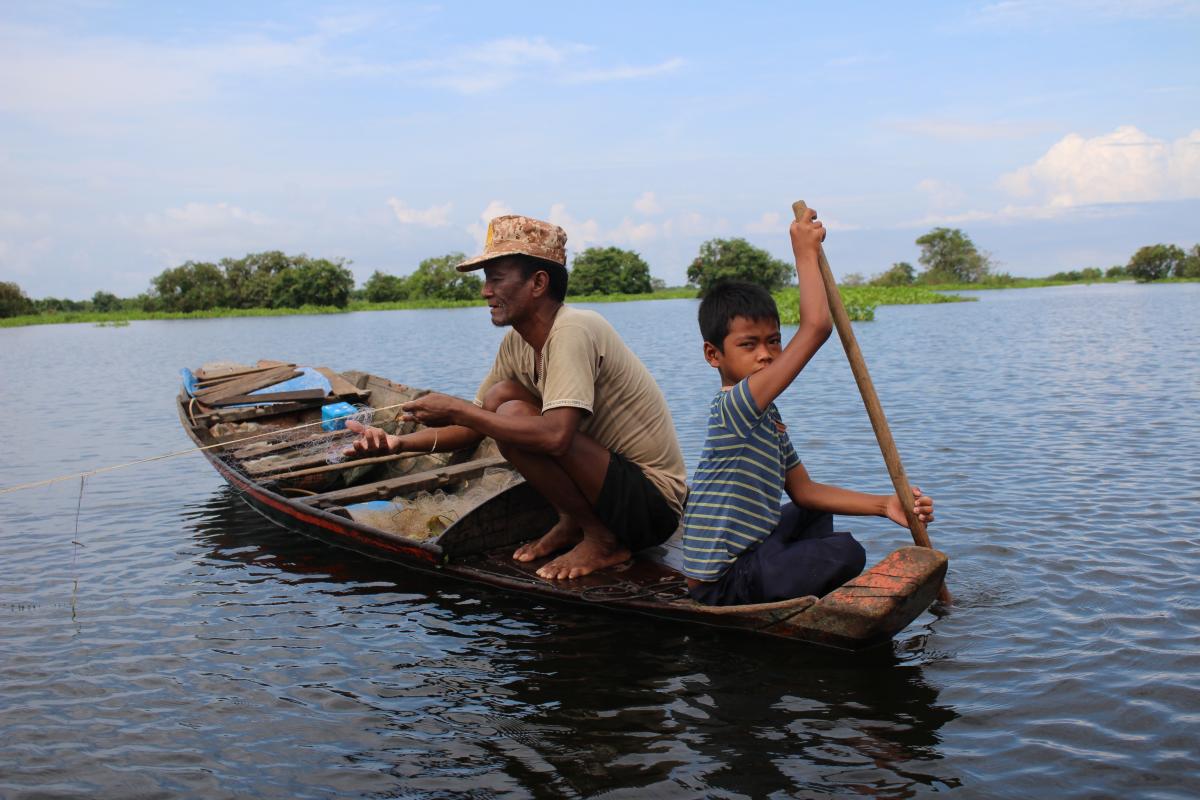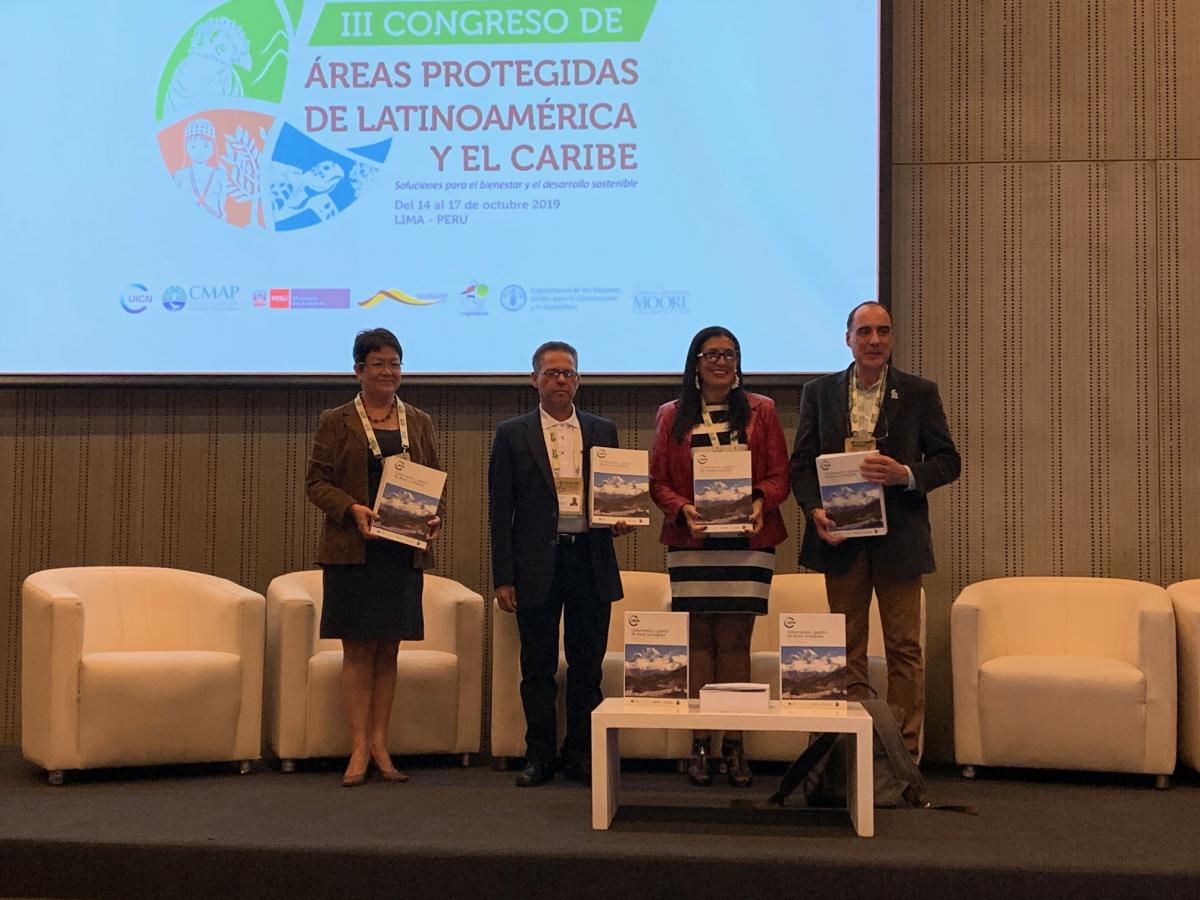Commune Investment Program: Sustainable Financing for Fish Conservation
On July 21, 2016, IUCN and FACT discussed how to access Commune Investment Plan (CIP) funds to help finance three recently established fish conservation areas (FCAs) in the Tonle Sap.

Photo: Meeting with commune council and local community on CIP 2017 for Kampong Phluk commune © IUCN Cambodia / Sorn Pheakdey
 Photo: EU logo © EU
Photo: EU logo © EU
The CIP is unlikely to provide such financial support at present because while environment and natural resource considerations are integrated into the CIP, they rarely receive funding. Many NGO-supported projects have tried to address this issue but with limited success, for several reasons.
First, most CIP funding is channeled into physical infrastructure. Because of the lack of essential infrastructure in rural communities, commune council members and district authorities almost always prioritise this type of work.
A second issue is the limited experience of commune council members, who often need assistance from the district level to design the CIP. This speaks to a broader problem of a lack of education and awareness related to the potential returns from investing in natural resources as basis of sustainable rural livelihoods.
Addressing these knowledge gaps and building the capacity of commune and district level officials are important steps in designing CIPs that meet the long term needs of rural communities.
Improving natural resource management systematically and effectively requires tapping into CIPs as part of a financing portfolio, which in turn means changing the prevailing perceptions and attitudes toward the CIP process. IUCN and FACT will discuss these challenges and opportunities and start to identify solutions at a national workshop on CIPs in mid-September.
 Photo: The Cycle of Commune Investment Program (CIP) in Cambodia © IUCN and FACT
Photo: The Cycle of Commune Investment Program (CIP) in Cambodia © IUCN and FACT



